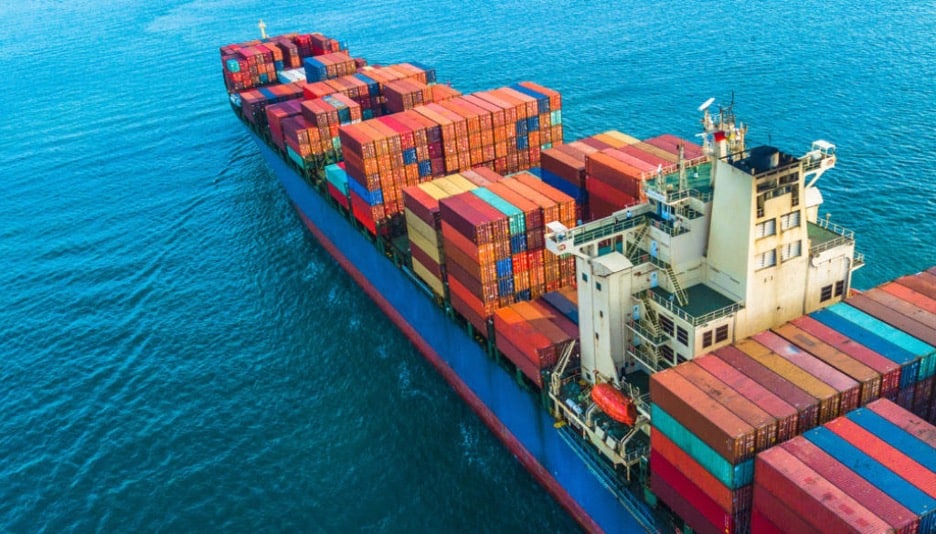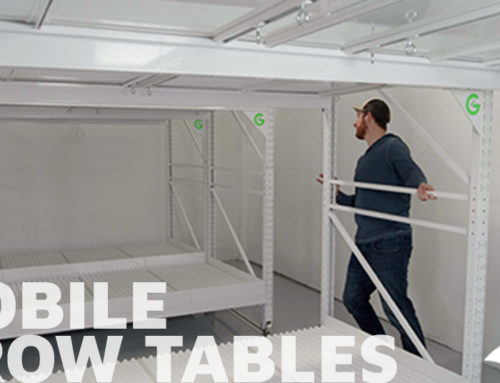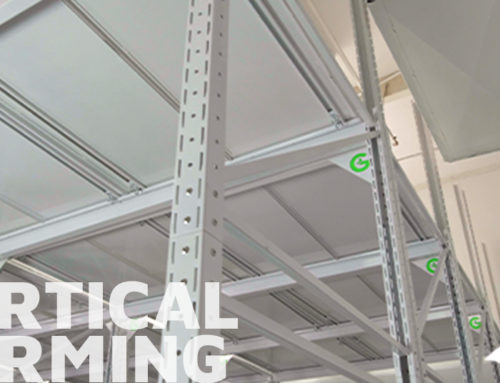There have been front-page headlines all across the United States about steel pricing and the state of domestic and international shipping. To get a handle on what’s actually going on, we reached out to our Director of Supply Chain, Eddie Xiao – an international shipping expert. We hope you find this Q&A beneficial as we all navigate our post-COVID world.
Q: Eddie, we’ve been reading a lot about steel prices skyrocketing to all-time highs. Can you explain what’s going on and the various factors that play into these higher than normal prices?
We are seeing a record high that is nearly triple the 20-year average. This is primarily driven by the economic recovery- including monetary policy and increased vaccination coverage. Steel mills are slow to resume production, and that created a massive steel shortage.
Some say it is a bubble and will be short-lived. It’s possible. But so far we haven’t seen any signal of the trend reversal.
Q: Another sector that is getting a lot of attention is freight. Costs of shipping are through the roof. Same deal, what’s going on in this market?
There are a couple of major factors:
Container and vessel demand is overwhelmingly driven by China’s buying spree, which accounted for 48.5% of all dry bulk-ton miles in 2020. China experienced an economic growth of 2.3% (while most other countries went negative).
The domestic infrastructure agenda led by the Biden administration will drive the demand for deliveries of building materials like steel and cement and tie up smaller ship sizes. In fact it has already happened – Chinese steel exports in March were 40% above January and February, respectively. That is a four-year high according to Marine Strategies International. By the beginning of May, the spot rate for Asia-West Coast is 3.2 times higher than in mid-May 2020, up 228% year-over-year.
As limits on vessel supply cannot be met quickly, I suspect the higher freight cost is here to stay, at least for the rest of 2021.
Q: America’s ports are another front page item. There seems to be no end to the congestion going on at ports like Long Beach. Why is this going on and what kinds of delays are you seeing on items that used to be delivered on time regularly?
In short – The wholesale shift in spending by homebound consumers from travel and entertainment to home improvement has overwhelmed the capacity of the end-to-end system. Containers have been unable to be quickly offloaded and moved through terminals and then unloaded at jam-packed distribution centers, which has slowed down repositioning of containers back to Asia, reducing the capacity of the entire system.
As an example, April was the 10th consecutive month that total volumes at the Port of Long Beach broke records for a particular month amid a historic cargo surge that started in July 2020.
According to the port itself: “The rise in online consumer spending continued to squeeze the national supply chain with loaded vessels, increased dwell times and shrinking capacity.”
Interestingly, this can also be tied back to the first question about steel– shipping lines are rushing to add more capacity and more containers are being made. Triton, world’s largest lessor of intermodal containers, is ordering $2.6 billion worth of containers. Maersk said that by the end of this quarter, it’s adding 260,000 20-foot equivalent units. Germany’s Hapag-Lloyd AG is ordering 150,000. France’s CMA CGM SA will have introduced 250,000 by July.
As a result, container price has gone up from $1900 in 2019, $2500 in 2020 to now $3500 each- the latest victim of surging steel prices.
Q: Do you have advice for potential Grow Glide clients given these huge shifts in our industry?
I am seeing a general inflation across all sectors – be it logistics, steel, or general commodities like grocery (my wife was complaining that a basket of eggs was up $0.90 from $1.20 last year).
My best buyer advice (as I am also a buyer for our product) is:
Pay a deposit to lock in the deal if it is going to happen before the end of 2021, to mitigate further price increase. For those longer term projects (beyond 2021), work with your sales contact closely and give them visibility of your site’s readiness (3-6 months’ notice).
To check on the status of your Grow Glide order, email [email protected]













